Contrary to popular belief, sushi is not the raw fish that one gets at Japanese restaurants, but the rice that comes with it. It's hard to tell whether this popular misconception led to or came about because of the primary flavors that we think of in sushi are the fish. We often say a sushi restaurant has great fish, but almost never that it has great rice.
So Just How Important Is the Rice?
Sushi chefs work on the rice for years before even being allowed to touch the fish. So while true sushi requires years of training, you can actually make good quality sushi rice at home with a little experimentation and patience. You can even make good brown sushi rice if that's your thing.
Just take care to plan and prepare each step slowly and in well-measured steps. While you won't be serving your sushi at high-end restaurants, you don't want to embarrass yourself in front of any guests either.
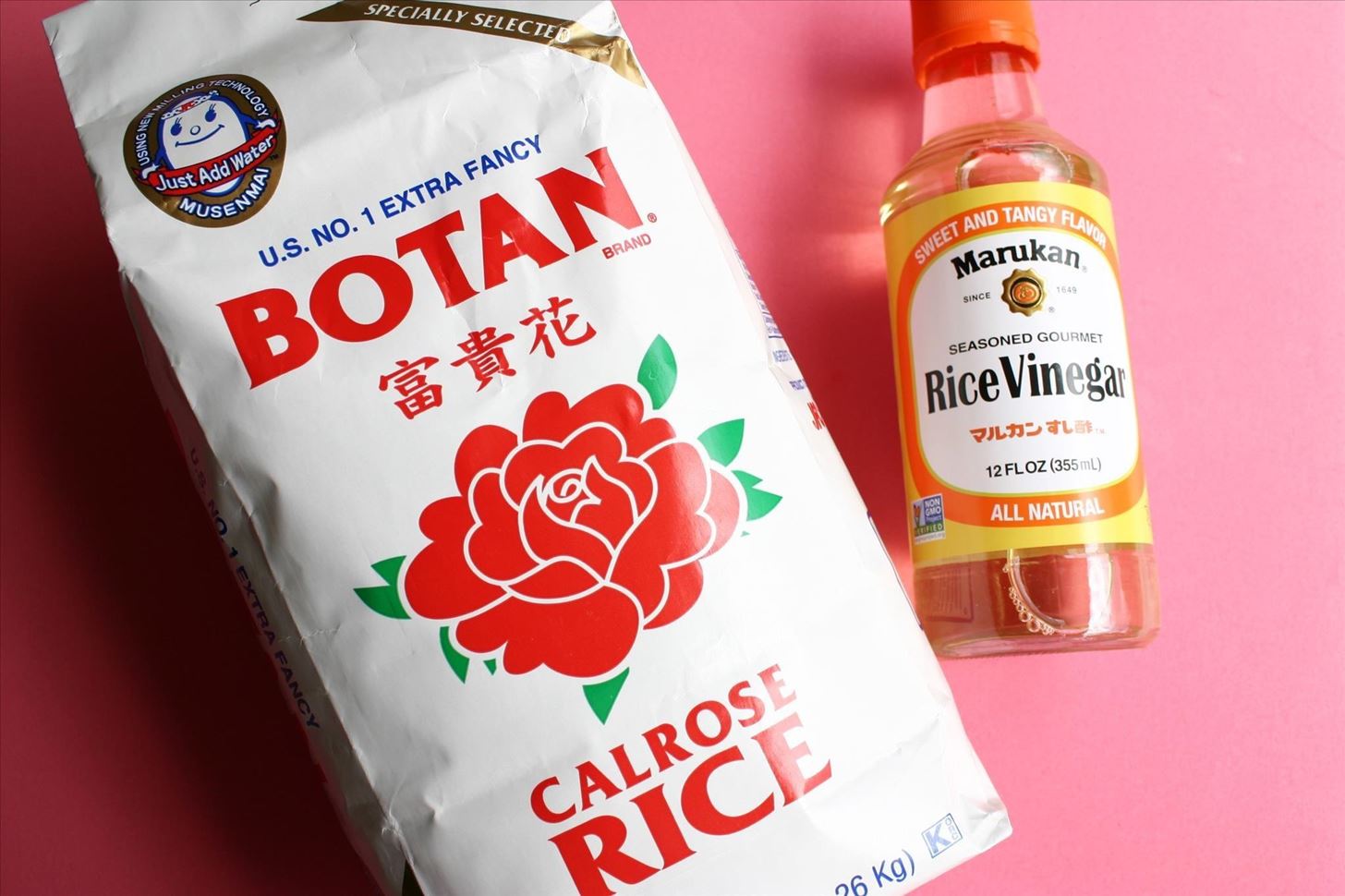
Selecting the Proper Sushi Rice
Making your own sushi rice begins with selecting the proper rice. La Fuji Mama recommends polished short-grain Japonica rice or medium-grain California rice. Many stores now carry California rice, also known as Calrose rice, which is often interchangeably known as sushi rice.
Be sure to rinse off the rice to remove the starch which will affect the absorption of the vinegar solution (sushi-su) you will be using. I put the rice in a fine mesh strainer to rinse and slosh it around with my hands, but you can also do it in a bowl which you will then strain and repeat. The Mizkan company suggests soaking the rice, too.
In recent years we have come to understand that brown rice is healthier than white rice. Brown rice has a higher fiber content and less carbohydrates than white rice. Brown rice is, in fact, unprocessed white rice. Brown rice has the side hull and bran, which extends its cooking time, whereas white rice has been stripped of all that. The "refinement" process also removes all sorts of nutrients (like iron, zinc, and magnesium) and increases its glycemic rating, so white rice is bad for people with diabetes.
As a lifelong eater of white rice, I initially had difficulty enjoying brown rice. And in sushi, there is definitely a difference in taste between the two rices. But if you're looking to gorge yourself on sushi or eat sushi frequently, doing so with brown rice will be better for you in the long run. Your taste buds will adjust and the rest of your body will thank you since brown rice is also better for your health overall.
Cooking Sushi Rice (Using a Pot or Rice Maker)
To make your rice, you can use a pot or a rice maker. One cup generally makes three rolls.

If you're making rice in a pot, use about one and half cups of rice to two cups of water, according to Peas and Crayons. Bring the water and rice to a boil and reduce the heat. Let it simmer for twenty or so minutes and stir occasionally. Remove the pot from the heat and let it stand for another ten minutes to fully cook the rice.
If you're using a rice cooker, be sure to check the owner's manual to ensure that you're using it correctly. Generally, though, most rice cookers use a one-to-one ratio of rice and water. Once you have your rice, you'll need to let it cool to slightly warmer than room temperature. Cover it with a moist cloth or plastic so it doesn't get too cool—you still need it to be pliable when you form it.

Making Sushi-Su (The Vinegar Mixture)
What chefs use to season their sushi rice is something called sushi-su, which is a vinegar mixture that is the most important ingredient in this entire process. This vinegar mix is easy to remember because it uses a 4-2-1 ratio—4 is the rice wine vinegar (available at most grocery stores with a decent Asian foods section), 2 is the white sugar, while 1 is the salt.
So if you want to replicate sushi-su at home, use a cup of vinegar, half a cup of sugar, and a quarter cup of salt. Put your vinegar in a pot over medium heat and slowly add the sugar and salt. Stir the sugar and salt mix until it dissolves, then let it cool down to room temperature, too.
Mixing It All Together
Now you're going to mix the sumeshi (sushi rice) with your homemade sushi-su. La Fuji Mama recommends a sushi-oke, or unvarnished wooden bowl. Even a glass or ceramic bowl is fine. Do not use an aluminum bowl, not because there will be any reaction, but because the metal of the bowl will absorb the heat differently and impart a metallic taste to your rice. It doesn't make sense to work on the rice so nicely only to have it hijacked in the end by a metal bowl.
Put the cooled rice into the bowl and pour a small amount of your sushi-su over it.

Using the rice paddle that came with your rice cooker or a wide spoon or spatula, turn the rice over.

Fan the rice with a piece of cardboard or a fan if it's too warm (you may want someone to help you with this) and repeat the process again. A little sushi-su over the rice, and flip. Eventually you'll have the rice nicely coated with your vinegar and you'll know this has happened when the rice grains are shiny and breaking away from one another, not clumping. Taste it and add more sushi-su if you'd like.

Once done, cover the mouth of the bowl with a moist towel or plastic wrap. Your sushi can now be stored for up to twelve hours like this. Do not refrigerate or freeze it.
Assembling Your Sushi
Don't be fooled into thinking that you need a sushi mat to make rolls. Simply use a kitchen towel, lay it out, and place a sheet of plastic wrap over it. Place the nori (seaweed sheets) on the plastic and spread a layer of your sushi rice across it at one end. Use your sushi grade fish (careful with this part, don't just use what you buy at the supermarket) and/or julienned vegetables and lay it over your rice. Roll it up using the towel and the slide out the roll. Slice it and now you have sushi!

Rice, Rice, Baby
Now that you've learned how to make sushi rice, here's how to make Thai sticky rice without any special tools. If you've got a rice cooker, then it's time you put it to use cooking giant pancakes or using it as a sous vide machine. Plus, could cooking rice with coconut oil cut its calorie count in half?
Just updated your iPhone? You'll find new emoji, enhanced security, podcast transcripts, Apple Cash virtual numbers, and other useful features. There are even new additions hidden within Safari. Find out what's new and changed on your iPhone with the iOS 17.4 update.
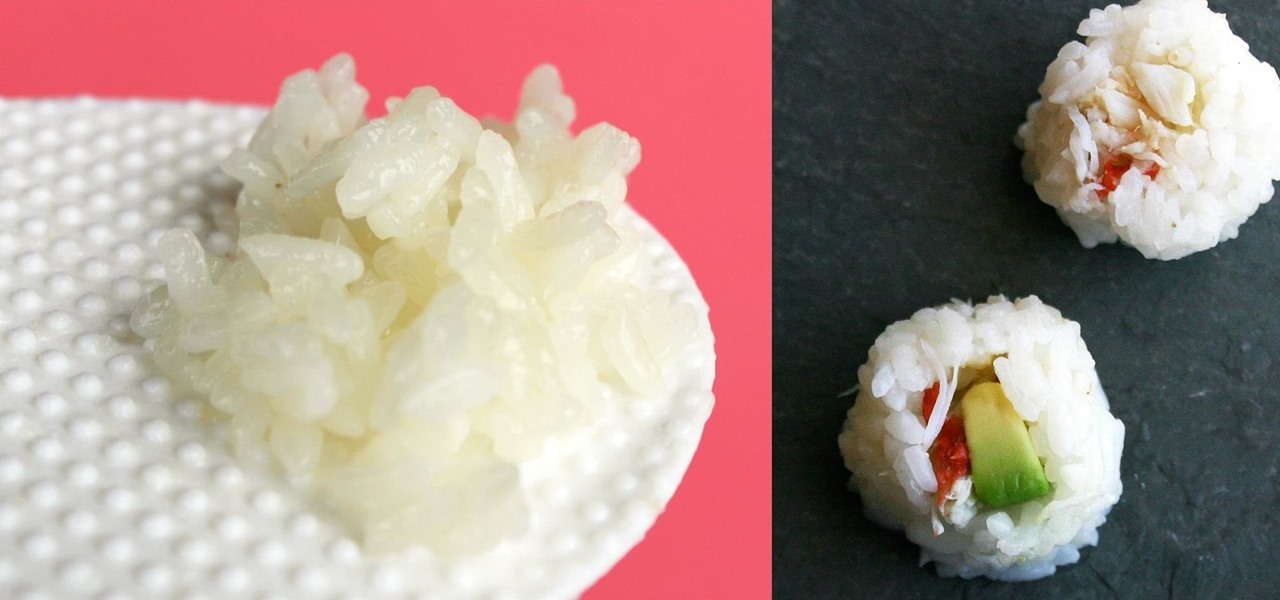










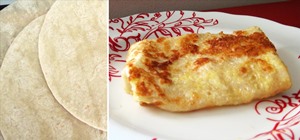
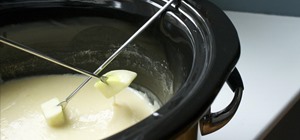



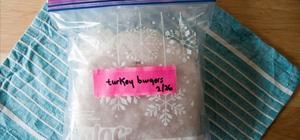





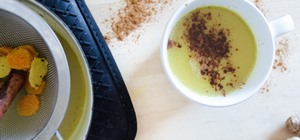
Be the First to Comment
Share Your Thoughts